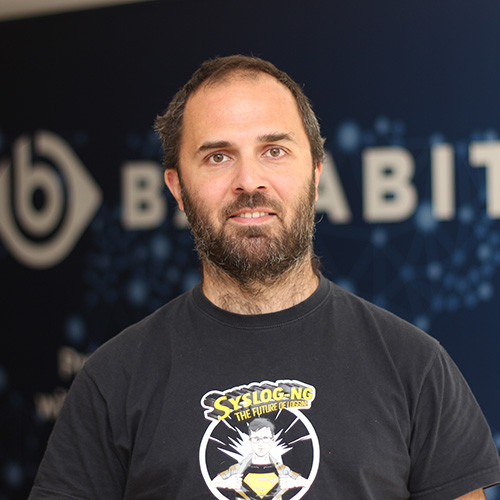Session: Sudo – Giving access while staying in control
Sudo is used by millions to control and log administrator access to systems, but using the default configuration only, there are plenty of blind spots. Using the latest features in sudo let you watch some previously blind spots and control access to them. Here are four major new features, which arrived since the 1.9.0 release, allowing you see your blind spots:
- configuring a working directory or chroot within sudo often makes full shell access redundant
- JSON-formatted logs give you more details on events and are easier to act on
- relays in sudo_logsrvd make session recording collection more secure and reliable
- you can log and control sub-commands executed by the command run through sudo
Let us take a closer look at each of these.
Previously, there were quite a few situations where you had to give users full shell access through sudo. Typical examples include when you need to run a command from a given directory, or running commands in a chroot environment. You can now configure the working directory or the chroot directory and give access only to the command the user really needs.
Logging is a central role of sudo, to see who did what on the system. Using JSON-formatted log messages gives you even more information about events. What is even more: structured logs are easier to act on. Setting up alerting for suspicious events is much easier when you have a single parser to configure for any kind of sudo logs. You can collect sudo logs not only by local syslog, but also by using sudo_logsrvd, the same application used to collect session recordings.
Speaking of session recordings: instead of using a single central server, you can now have multiple levels of sudo_logsrvd relays between the client and the final destination. This allows session collection even if the central server is unavailable, providing you with additional security. It also makes your network configuration simpler.
Finally, you can log sub-commands executed from the command started through sudo. You can see commands started from a shell. No more unnoticed shell access from text editors. Best of all: you can also intercept sub-commands.
These are just a few of the most prominent features helping you to watch and control previous blind spots on your systems. See these and other possibilities in action in some live demos during our presentation.

